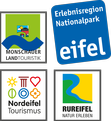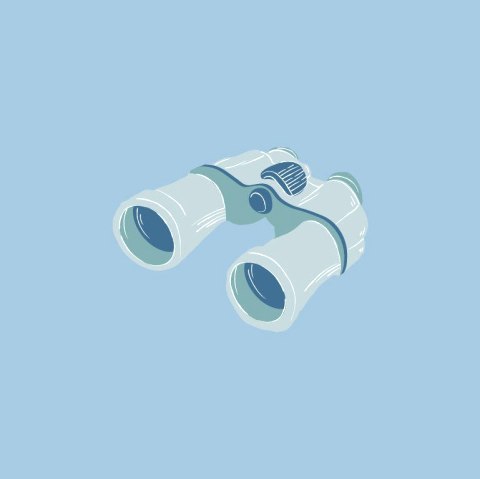Roman Thermea Zülpich – Museum der Badekultur (Museum of Bathing Culture),
Zülpich
How about a cultural wave ride through 2,000 years of the history of bathing?
The Romans loved wellness, combined with sociability and conversation. Body care and hygiene were an absolute must, and a visit to the thermal spa was simply a part of everyday life. It was no different in Zülpich. Its luxurious Roman baths have remained particularly well preserved to this day and a modern museum with a permanent exhibition has been built over them. Modern technology and high-quality replicas breathe new life into the ancient walls and the original findings. The objects on display range from original Roman toilet articles to the facilities found in a medieval bathroom, curious inventions of recent centuries up to modern day beach fashion and contemporary bathroom design. There are also changing special exhibitions and events.
The ancient town of Zülpich was a settlement along the Roman road from Trier to Cologne and is now part of the Via Agrippa, a cycle and hiking trail in “Erlebnisraum Römerstraße” (Roman Road Adventure Experience).
















